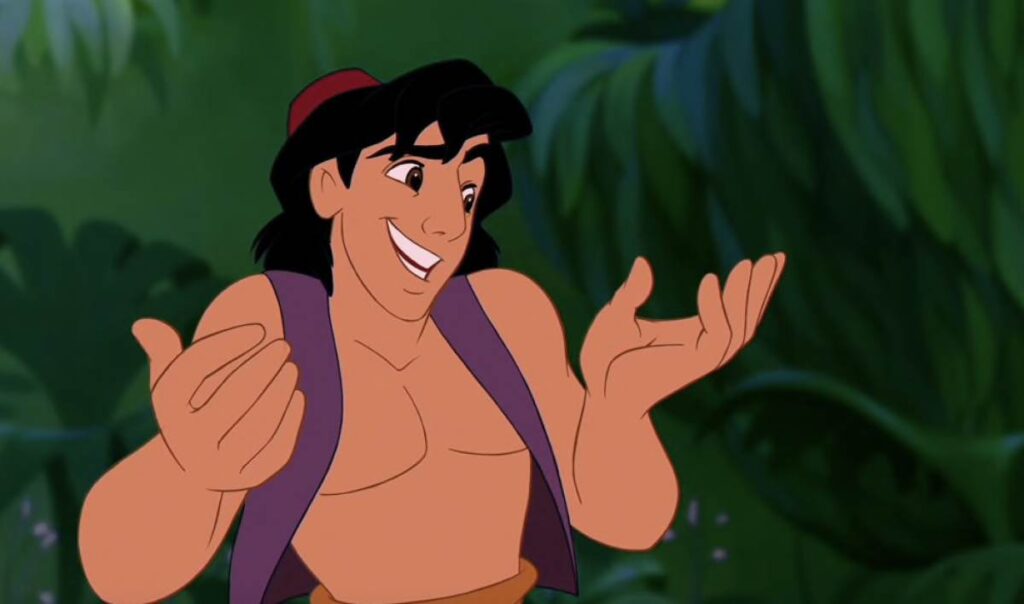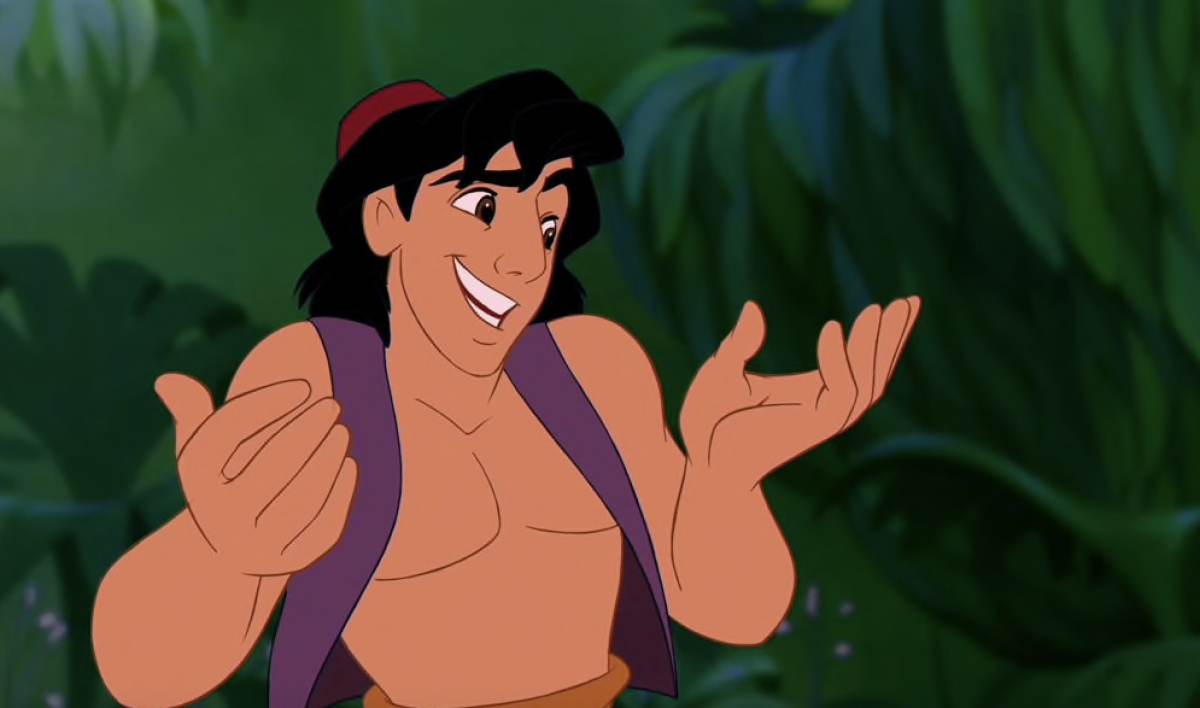
The Enduring Appeal of Popular Male Cartoon Characters: A Deep Dive
For generations, popular male cartoon characters have captivated audiences, transcending age, culture, and background. These animated figures aren’t just drawings; they’re cultural icons, shaping our childhoods, influencing our sense of humor, and even impacting our understanding of morality. From the mischievous antics of Bugs Bunny to the unwavering heroism of Superman, these characters have left an indelible mark on society. This article delves into the reasons behind their enduring popularity, exploring their evolution, their impact, and the psychological connections we forge with them.
The Evolution of Male Cartoon Characters
The landscape of popular male cartoon characters has changed dramatically over the decades. Early cartoons often featured slapstick humor and exaggerated stereotypes. Think of Felix the Cat or early versions of Mickey Mouse. These characters, while entertaining, often lacked the depth and complexity we see in modern animation.
The mid-20th century saw the rise of superhero cartoons like Superman and Batman, setting a new standard for heroism and morality. These characters embodied ideals of justice, courage, and selflessness, providing strong role models for young viewers. Hanna-Barbera also introduced a stable of memorable characters, including Fred Flintstone and Yogi Bear, who brought a more relatable, suburban sensibility to the cartoon world.
The late 20th and early 21st centuries ushered in a new era of animation, characterized by more sophisticated storytelling, complex character development, and a willingness to tackle more mature themes. Shows like The Simpsons and South Park pushed boundaries and challenged societal norms, while anime series like Dragon Ball Z and Naruto introduced a new wave of popular male cartoon characters to a global audience. [See also: The History of Animation]
Why Do We Love Them? The Psychology Behind the Appeal
The popularity of these characters isn’t just about entertainment; it’s deeply rooted in psychology. We connect with them on multiple levels:
- Relatability: Even the most fantastical characters often possess relatable qualities. They struggle with everyday problems, experience emotions like joy, sadness, and anger, and make mistakes just like we do.
- Wish Fulfillment: Many popular male cartoon characters embody traits we admire or aspire to have. They are brave, intelligent, resourceful, or possess superhuman abilities. Watching them succeed allows us to vicariously experience those qualities.
- Nostalgia: Cartoons often evoke strong feelings of nostalgia, reminding us of our childhoods and simpler times. The characters we grew up with become associated with fond memories and a sense of comfort.
- Humor: Many cartoons are designed to be funny, providing a much-needed escape from the stresses of daily life. A well-timed joke or a silly situation can be a powerful mood booster.
- Moral Lessons: Many cartoons subtly convey important moral lessons about friendship, loyalty, honesty, and perseverance. These lessons can have a lasting impact on young viewers, shaping their values and beliefs.
Top Examples of Enduringly Popular Male Cartoon Characters
Here are some examples of popular male cartoon characters that have stood the test of time:
Bugs Bunny
The wisecracking rabbit from Looney Tunes is known for his quick wit, his ability to outsmart his adversaries, and his iconic catchphrase, “Eh, what’s up, doc?” Bugs Bunny’s irreverent humor and rebellious spirit have made him a beloved character for generations.
Mickey Mouse
The face of Disney, Mickey Mouse is a symbol of optimism, kindness, and imagination. His cheerful demeanor and unwavering positivity have made him a global icon, representing the magic of Disney for nearly a century. He is undeniably one of the most recognizable popular male cartoon characters.
Homer Simpson
The bumbling patriarch of The Simpsons, Homer Simpson is known for his love of donuts, his catchphrase “D’oh!”, and his ability to get into (and usually out of) ridiculous situations. Homer’s flaws and imperfections make him relatable and endearing, despite his often questionable behavior.
SpongeBob SquarePants
The eternally optimistic sea sponge from Bikini Bottom, SpongeBob SquarePants is known for his infectious enthusiasm, his unwavering loyalty to his friends, and his love of Krabby Patties. SpongeBob’s childlike innocence and boundless energy have made him a popular character with children and adults alike.
Batman
The Dark Knight, a symbol of justice and vengeance, stands as one of the most complex and intriguing popular male cartoon characters. Driven by tragedy, he dedicates his life to protecting Gotham City from criminals. His intelligence, physical prowess, and unwavering determination make him a formidable force for good.
Goku
From the legendary Dragon Ball series, Goku is a Saiyan warrior known for his incredible strength, his unwavering optimism, and his insatiable appetite for battle. Goku’s dedication to self-improvement and his willingness to protect his friends and family have made him a beloved hero around the world.
The Impact of Male Cartoon Characters on Culture
Popular male cartoon characters have a significant impact on culture, influencing everything from fashion and language to music and art. Their images appear on clothing, toys, and merchandise, and their catchphrases become part of our everyday vocabulary. They inspire artists, musicians, and filmmakers, and their stories are retold and reinterpreted in countless ways. [See also: The Influence of Animation on Pop Culture]
Furthermore, these characters often reflect and shape societal values. They can promote positive messages about tolerance, diversity, and environmentalism, or they can perpetuate harmful stereotypes. It’s important to be aware of the messages that cartoons are conveying and to critically evaluate their impact on society.
The Future of Male Cartoon Characters
The future of popular male cartoon characters is bright. With advancements in animation technology and the rise of streaming services, there are more opportunities than ever for creators to tell innovative and engaging stories. We can expect to see more diverse and complex characters, more sophisticated storytelling, and more cartoons that tackle important social issues.
One thing is certain: popular male cartoon characters will continue to play a vital role in our culture for generations to come. They entertain us, inspire us, and help us make sense of the world around us. And as long as there are stories to be told, there will be new and exciting characters to capture our imaginations.
Ultimately, the enduring appeal of these popular male cartoon characters lies in their ability to connect with us on a human level. They remind us of our childhoods, they offer us a glimpse into different worlds, and they provide us with a sense of hope and optimism. They are more than just drawings; they are friends, heroes, and role models.
The evolution of these popular male cartoon characters continues, adapting to new audiences and reflecting changing societal values. They remain a powerful force in entertainment and culture, shaping our perceptions and influencing generations to come. The impact of these popular male cartoon characters is undeniable.
The enduring legacy of these popular male cartoon characters speaks volumes about their cultural significance and the profound connection we have with them. Their stories resonate, their images endure, and their influence remains strong. As animation continues to evolve, these popular male cartoon characters will undoubtedly continue to captivate and inspire audiences worldwide.
From classic favorites to modern icons, popular male cartoon characters have shaped our childhoods and continue to entertain us today. Their enduring appeal lies in their ability to connect with us on a personal level, offering a blend of humor, adventure, and relatable experiences. These popular male cartoon characters are more than just animated figures; they are cultural touchstones that resonate across generations.

